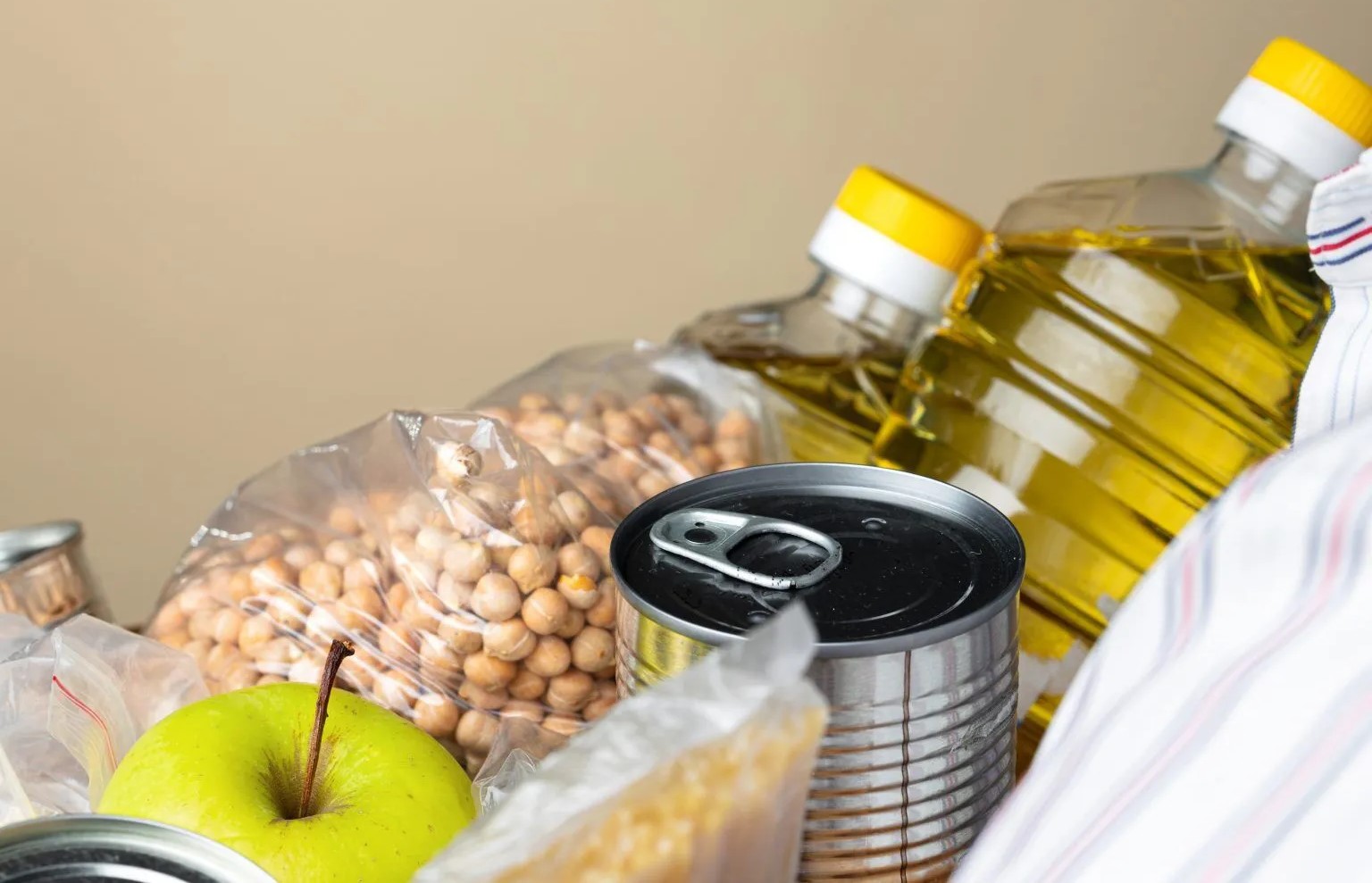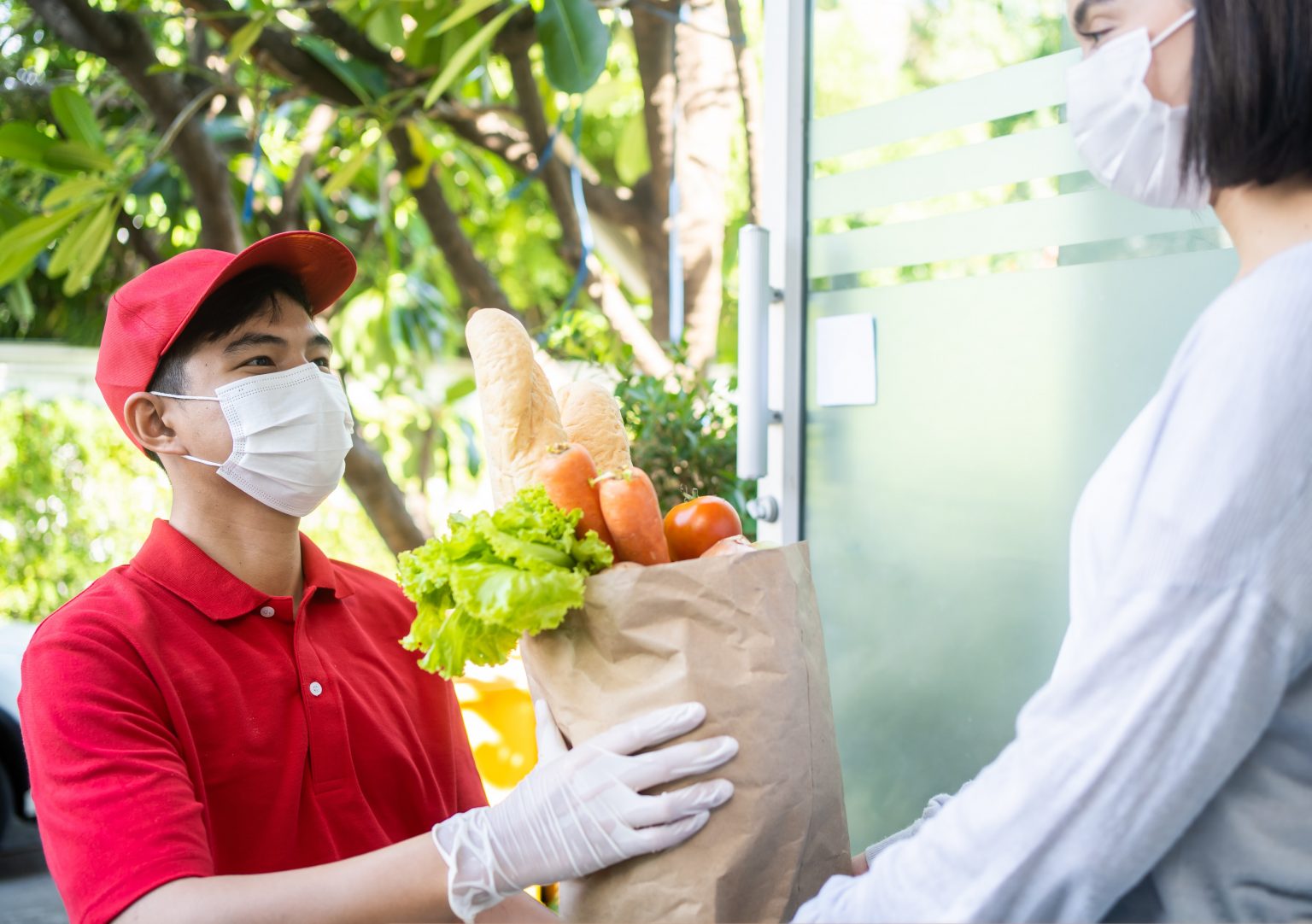Last Updated on February 20, 2025 by Admin
Table of Content
- How to Get a Food Safety and Quality Certificate
- Importance of Food Safety and Quality Assurance in the Food Industry
- The Relationship between Food Safety and Quality Management
- Functions of Food Safety and Quality Assurance
- Getting Food Safety and Quality Assurance Courses & Certification
- Food Safety and Quality Assurance at Different Stages of Production
In the dynamic and competitive world of the food industry, ensuring food safety and maintaining high-quality standards are paramount. Consumers expect safe and nutritious products, making it imperative for food businesses to implement robust quality assurance and food safety measures. This article will explore how to get a food safety certificate, the importance of quality assurance in the food industry, and the interplay between food safety and quality management. Additionally, we will delve into the quality assurance functions, the importance of food quality objectives, and the courses available to enhance food safety and quality assurance knowledge.
How to Get a Food Safety and Quality Certificate
A food safety certificate is vital for food businesses to demonstrate their commitment to consumer safety and compliance with industry regulations. It involves the following steps:
- Training: Food safety training is essential for handling, preparing, and producing employees. Training programs cover personal hygiene, proper food storage, cross-contamination prevention, and cleaning practices.
- Implementation of Food Safety Management System (FSMS): Developing and implementing an effective FSMS is critical for maintaining food safety standards. The system includes hazard analysis, critical control points (CCPs), monitoring procedures, corrective actions, and verification processes.
- Auditing and Assessment: Independent auditors or certification bodies assess the food business’s adherence to food safety standards. Successful completion of the audit leads to issuing a food safety certificate.
Importance of Food Safety and Quality Assurance in the Food Industry
Quality assurance in the food industry refers to the systematic approach to ensure that food products meet specific quality standards and comply with regulatory requirements. It involves monitoring and evaluating various processes to address potential issues that affect the final product. It includes:
- Identify Risks: The initial step involves a comprehensive assessment of potential hazards. It could be biological (e.g., bacteria), chemical (e.g., pesticide residues), or physical (e.g., metal fragments). Identifying these risks early is foundational for preventive strategies.
- Establish and Monitor Critical Control Points (CCPs): CCPs are specific stages in the production process to prevent or reduce a food safety risk. For instance, pasteurization in milk processing is a CCP to eliminate harmful bacteria.
- Record Keeping: This involves maintaining detailed logs of processes, checks, and outcomes at every stage. Regular records aid in tracking and analyzing trends over time, which can be vital for continuous improvement.
- Documentation and Verification: Proper documentation is the bedrock of a robust QA system. It ensures that standardized procedures are always followed. Verification, on the other hand, is the method to confirm that the system is working effectively.
The Relationship between Food Safety and Quality Management
Food safety and quality management are intrinsically linked. While food safety focuses on preventing foodborne illnesses and hazards, quality management ensures that food products meet defined quality standards, such as taste, texture, and nutritional value. Both aspects are critical to maintaining consumer trust and loyalty.
Functions of Food Safety and Quality Assurance
The functions and importance of quality assurance in the food industry are multi-faceted. They include:
a) Quality Control: Monitoring and inspecting raw materials, production processes, and finished products to ensure consistency and adherence to quality standards.
b) Risk Assessment: Identifying potential risks and vulnerabilities in the food supply chain to address them and prevent quality issues proactively.
c) Standardization: Establishing and enforcing uniform quality standards to maintain product consistency.
d) Continuous Improvement: Implementing measures to enhance processes and product quality.
Getting Food Safety and Quality Assurance Courses & Certification
Food safety and quality assurance courses offer valuable insights and knowledge to professionals working in the food industry. These courses cover food safety management, quality control, risk assessment, regulatory compliance, and auditing procedures. They equip participants with the skills to identify and mitigate food safety risks while ensuring product quality.
By offering ISO and HACCP training, FICSI aids businesses in establishing systematic approaches to ensure food safety and quality. Such training elucidates the critical control points in food processing, ensuring products meet international quality standards. In doing so, FICSI not only strengthens the Indian food sector’s credibility but also fosters a culture of continuous improvement and consumer trust.
Food Safety and Quality Assurance at Different Stages of Production
Quality Assurance at different stages of production ensures a systematic approach to maintain product consistency and safety from raw material acquisition to the finished product dispatch.
Receiving Stage:
- Raw Material Quality Inspection: Raw materials are inspected before processing to ensure they meet predefined quality standards.
- Acceptance/Rejection at Receiving: Based on the inspection, materials are either accepted for further processing or rejected if they fail to meet standards.
- Licensed Suppliers: Sourcing raw materials from licensed and trusted suppliers ensures consistent quality and safety.
- Temperature Maintenance: Maintaining an appropriate temperature is vital for perishable items to preserve freshness and prevent spoilage.
Food Processing Stage:
- Ingredient Quantities: Ensuring the correct amount of ingredients and additives is fundamental for product consistency.
- Processing Time and Temperature: Adhering to accurate time and temperature parameters guarantees that the food is processed safely and retains its desired qualities.
- Clean and Sanitized Equipment: Regular cleaning and sanitation of equipment prevent contamination and ensure a hygienic production environment.
- Regular Quality Testing: Raw materials are tested regularly to confirm their quality throughout processing.
- Adoption of FSMS: Implementing Food Safety Management Systems (like HACCP and ISO) ensures systematic approaches to food safety and quality.
Finished Product Stage:
- Sampling and Packaging: Products are sampled and packaged per specific requirements, ensuring they remain fresh and protected.
- Internal Sampling Before Dispatch: Before products are sent out, internal sampling verifies that they meet the quality standards set by the company.
- Proper Labelling: Ensuring products have the correct labels informs consumers about contents, allergens, expiration dates, and more.
Quality Assurance (QA) vs Quality Control (QC):
- Quality Assurance (QA): This is a proactive approach focused on prevention. It entails establishing processes and systems to ensure consistent quality throughout the production cycle. It’s about designing a system where defects are least likely to occur.
- Quality Control (QC): This is a reactive approach and involves identifying and rectifying defects in finished products. It primarily requires testing and inspection of the products to meet the set standards.
In essence, while QA focuses on creating a system to produce a quality product, QC emphasizes testing products to identify issues. Both are vital for delivering high-quality goods to the market.
Objectives of Food Safety and Quality Assurance
Food quality objectives are measurable goals set by food businesses to ensure that products consistently meet defined quality standards. These objectives often align with consumer expectations and regulatory requirements, reflecting the company’s commitment to delivering safe and high-quality products.
Food safety and quality assurance objectives are crucial for protecting public health. Food safety and quality management also ensure consumer confidence, and maintain market integrity. Here are the primary objectives:
- Preventing Foodborne Illnesses: The foremost objective of food quality assurance certification is that it ensures the food is safe for consumption.
- Ensuring Product Quality: Ensuring food safety and food quality aims to ensure that food products meet specified standards of quality, including taste, texture, appearance, and nutritional value.
- Compliance with Regulations: Food safety and quality assurance programs ensure compliance with local, national, and international regulations and standards.
Read Also: Ensuring Food Safety and Inspection in India
Conclusion
In conclusion, food safety and quality assurance are crucial pillars of the food industry, contributing significantly to consumer safety and satisfaction. Acquiring a food safety certificate is a testament to a company’s dedication to maintaining the highest food safety standards. Quality assurance, on the other hand, ensures that food products consistently meet defined quality criteria. Businesses can continuously improve their products and processes by embracing quality assurance functions and setting food quality objectives.
Food safety and quality assurance courses provide professionals with the knowledge and tools to excel in this dynamic field. As the food industry continues to evolve, it becomes increasingly vital for businesses to invest in these essential aspects to remain competitive and build consumer trust. The food industry can enhance its reputation and contribute to a safer and healthier food landscape for all, with an emphasis on food safety and quality management.
FAQs













